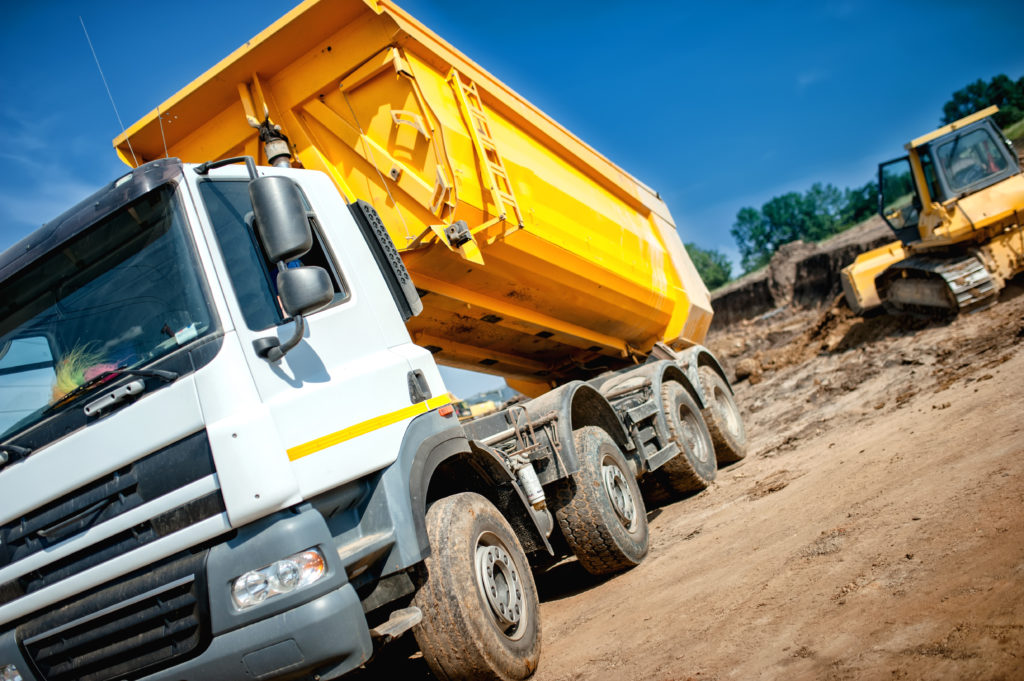
Two recent cases provide some, if by no means exhaustive, examples for quarry operators considering applying for environmental permits to carry out backfilling as a recovery operation.
When Tarmac won a landmark case in the Court of Appeal concerning the backfilling of quarries with waste, the minerals industry had hoped this issue had been put to bed and that justification for the issue of environmental permits for such recovery of waste could simply be demonstrated.
However, life is rarely that straightforward in the world of mineral planning, and, sure enough, the application of R (on the application of Tarmac Aggregates (formerly Lafarge Aggregates) v Secretary of State for Environment, Food and Rural Affairs (the “Methley case”) in granting environmental permits was said to be subject to the judgment of the European Court of Justice (ECJ) in Citta Metropolitana di Bari, formerly Provincia de Bari v Edilizia Mastrodonato srl (the “Italian case”).
The Italian case
In that case, the operator obtained planning permission for a quarry expansion and restoration by backfilling worked areas with 1.2 million cubic metres of waste (other than extractive waste). When it came to applying for the waste-recovery operations permit, the local authority ruled that this was a disposal operation and not a recovery operation.
The operator appealed the decision to the regional administrative court, which overturned the local authority’s ruling, saying that under the relevant directives, a backfilling operation – even if using waste other than extractive waste – may amount to the recovery of waste. The local authority appealed to the Italian Council of State, which referred the matter to the ECJ.
The reference to the ECJ arose because of an apparent conflict within Directive 2006/21 (the Mining Waste Directive). Article 10(1) of that directive refers to operators taking certain measures when placing extractive waste back into the excavation voids for rehabilitation and construction purposes, whereas Article 10(2) (depending on which language you are reading it in) provides that Directive 1999/31 (the Landfill Directive) shall continue to apply to the waste other than extractive waste used for filling in excavation voids (as appropriate).
In the Greek, French and Italian language versions, the Landfill Directive is to apply to waste other than extractive waste used for backfilling purposes, but in the German and English versions, the same provision provides that the Landfill Directive is to continue to apply to such waste “as appropriate”
Lost in translation
According to EU law, where there is divergence between the various language versions of an EU legislative text, the provision in question must be interpreted by reference to the purpose and general scheme of the rules of which it forms part.
The ECJ noted that the Landfill Directive applies only to waste that is disposed of, not to waste that is to be recovered.
Consequently, the Mining Waste Directive must be interpreted as not making a quarry backfilling operation using non-extractive waste subject to the requirements of the Landfill Directive, provided that operation properly amounts to a recovery of waste.
The ECJ went on to set out the circumstances in which the backfilling of a quarry using waste other than extractive waste may be regarded as a recovery operation. This is when its principal objective is that the waste serves a useful purpose in replacing other materials that would have had to be used otherwise, thereby enabling natural resources to be preserved.
A recovery operation must have the conservation of natural resources as its main objective; if conserving natural resources is secondary to the disposal of waste, that operation will count as a disposal operation.
The ECJ gave some examples, stating that if it is established that the backfilling of the quarry in question would have taken place even if such waste had not been available and, accordingly, other materials would have had to be used, that would be a recovery operation.
Furthermore, the fact that the quarry operator acquires such waste in exchange of payment to the waste producer or holder may indicate that the main objective of the operation is the recovery of such waste. But the backfilling of a quarry may not be regarded as a recovery operation unless, in the light of the most recent state of scientific and technical knowledge, the waste used is suitable for that purpose.
Definition is all
Therein lies the issue for the determining authorities: what is the primary purpose of the operation? How will this affect the grant of environmental permits?
It is worth bearing in mind that in the Methley case the Court of Appeal found that: “On the evidence before him … the inspector clearly should have found that the backfill operation … was a legitimate function which would have had to be carried out in any event, whether waste was used or not”, and without the restoration in that form, “key ecological and recreational benefits to be achieved would not be achieved”.
The Court of Appeal’s judgment in the Methley case is clearly consistent with that of the ECJ in the Italian case. As such, we would expect to see that Methley is properly applied when environmental permits are being considered for the recovery of waste by backfilling of (appropriate) waste in quarries, where that operation is required.
We expect to see the Environment Agency’s successor guidance to EPR RGN 13 deal with these issues and incorporate the Court of Appeal’s decision in Methley.
Meanwhile, operators will wish to make it clear to the EA that the backfilling is required (for example, by a restoration scheme), that there are environmental benefits, and that it would be carried out whether or not waste is used to achieve that restoration.
Original article published in Mining Planning, Haymarket Business Media (issue 167, October).
